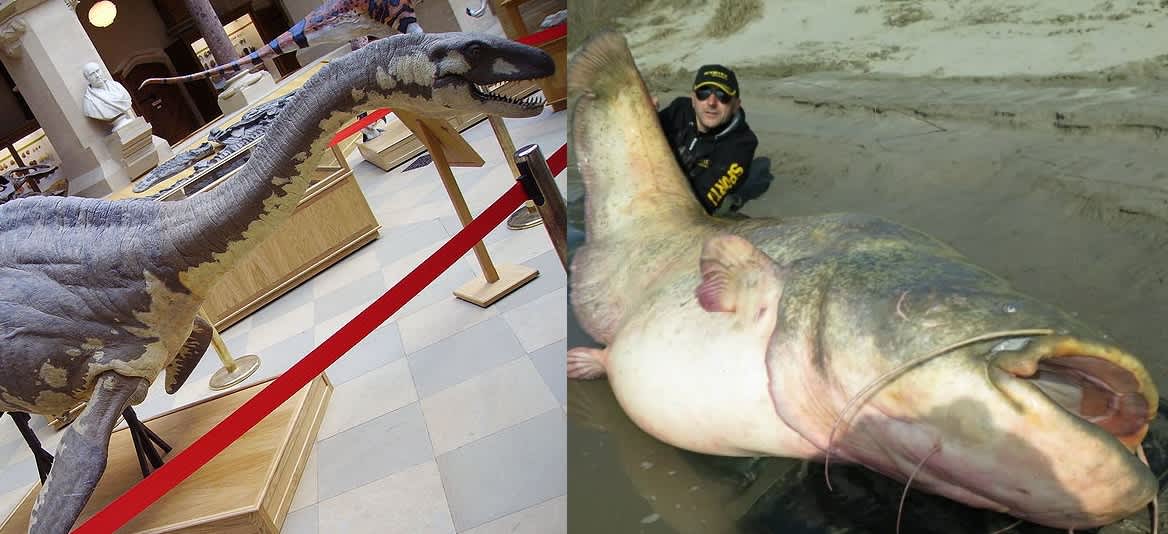Amateur Researcher Says Loch Ness Monster is a Giant Catfish
OutdoorHub Reporters 07.17.15

Steve Feltham, 52, is best known as one of the leading figures in the hunt for the Loch Ness Monster, commonly called “Nessie” after the lake in the Scottish Highlands. Almost 25 years ago, Feltham left his home, job, and girlfriend in southwest England to join the hunt for the legendary creature. Feltham has spent so much time searching for Nessie—nearly half his life—that the Guinness Book of World Records recognized him for the longest continuous hunt for the monster, but that hunt may soon be over. Feltham recently told The Times of London that he now believes the monster was just a wels catfish.
“I have to be honest. I just don’t think that Nessie is a prehistoric monster,” Feltham said. “What a lot of people have reported seeing would fit in with the description of the catfish with its long curved back.”
Loch Ness has been rumored to contain monsters for hundreds of years, but it was not until 1934 when the infamous “surgeon’s photo” surfaced that interest really grew in tracking down the creature. The surgeon’s photo has since been conclusively proven as fake—just a toy sea monster attached to a inflatable submarine—but the interest persists. Despite several exhaustive and expensive expeditions to find the monster, researchers have come up with nothing.
According to Feltham, that was because there was nothing to find in the first place.
“The current frontrunner is the Wels catfish. It’s the most likely explanation,” he told AFP. “I’m not saying it’s the final explanation. It ticks most of the boxes with sightings—but it doesn’t tick them all.”
Feltham said he came to the conclusion after years of research and interviews with those who claim to have seen the beast. Although there are no records of wels catfish ever being stocked in the lake, the monster hunter claims that it is plausible for nearby landowners to import large fish into the water for angling. Wels catfish are among the most sought-after fish in Europe today and can grow well over 800 pounds. They are not native to Scotland, however, and that means that someone had to bring one in.
Feltham suspects that anglers in the Victorian era may have stocked a few catfish in the lake. If that is true, it may mean that each sighting of Nessie was actually just a catfish surfacing. However, the fish only have an average lifespan of 20 to 30 years in the wild and there appears to be no breeding population in the lake today, which may explain the lack of recent sightings.
In any event, Feltham said he will continue his research until he gets a more definitive answer—even if it takes him years to do so. In the meantime Nessie will retain its place as one of the world’s most famous, and elusive, cryptids.

